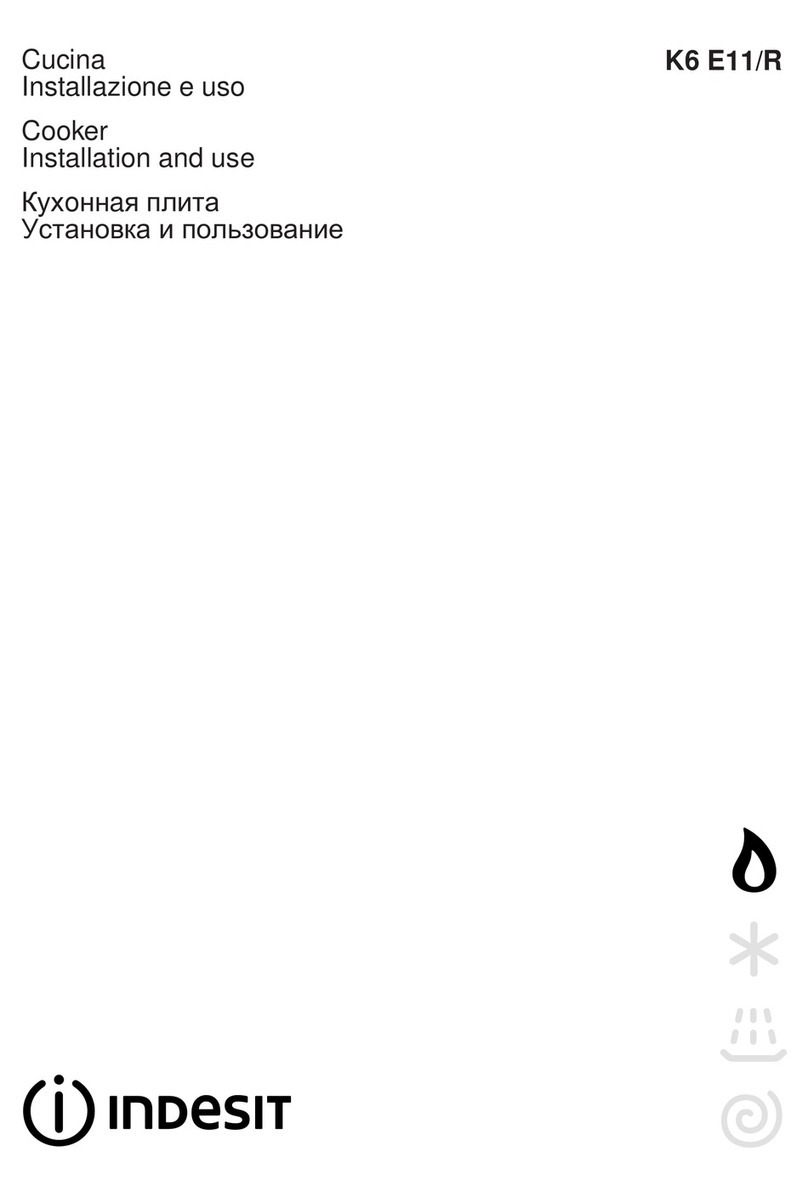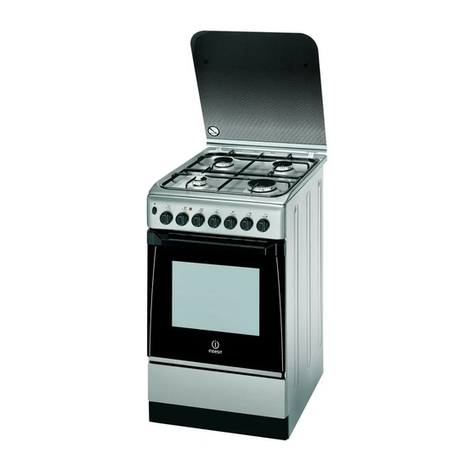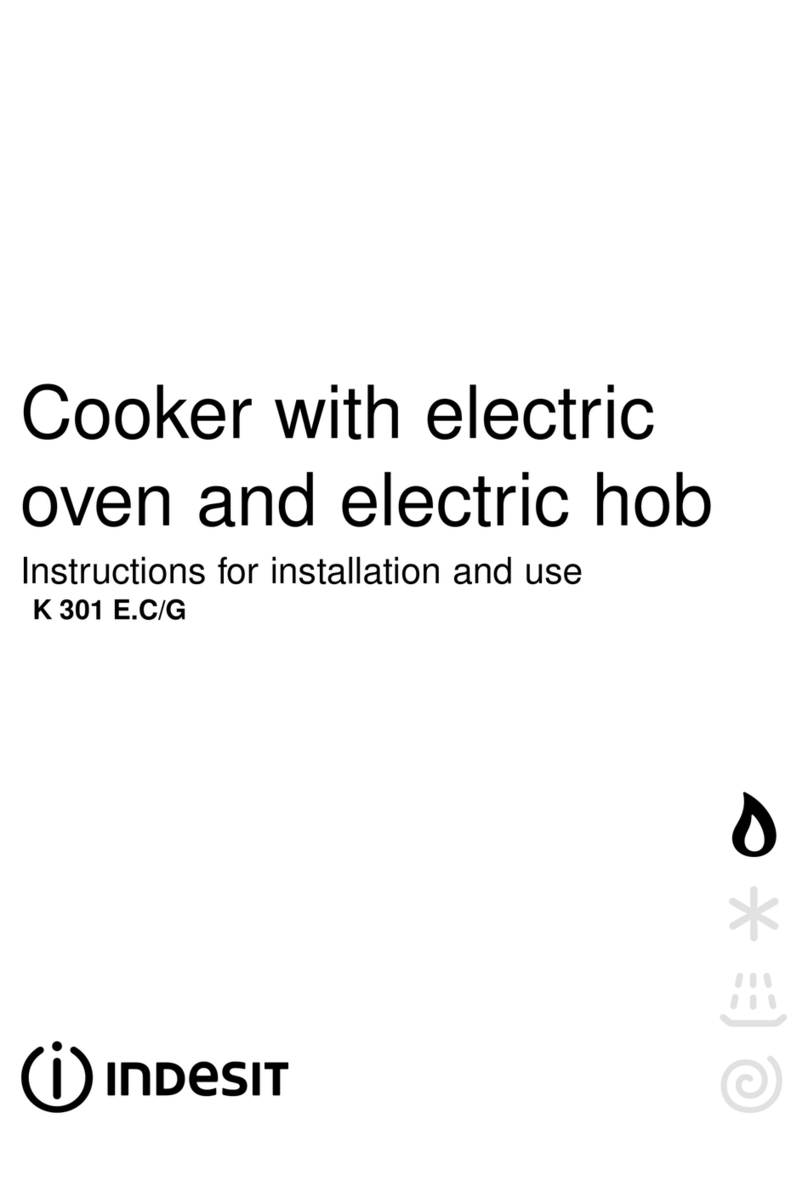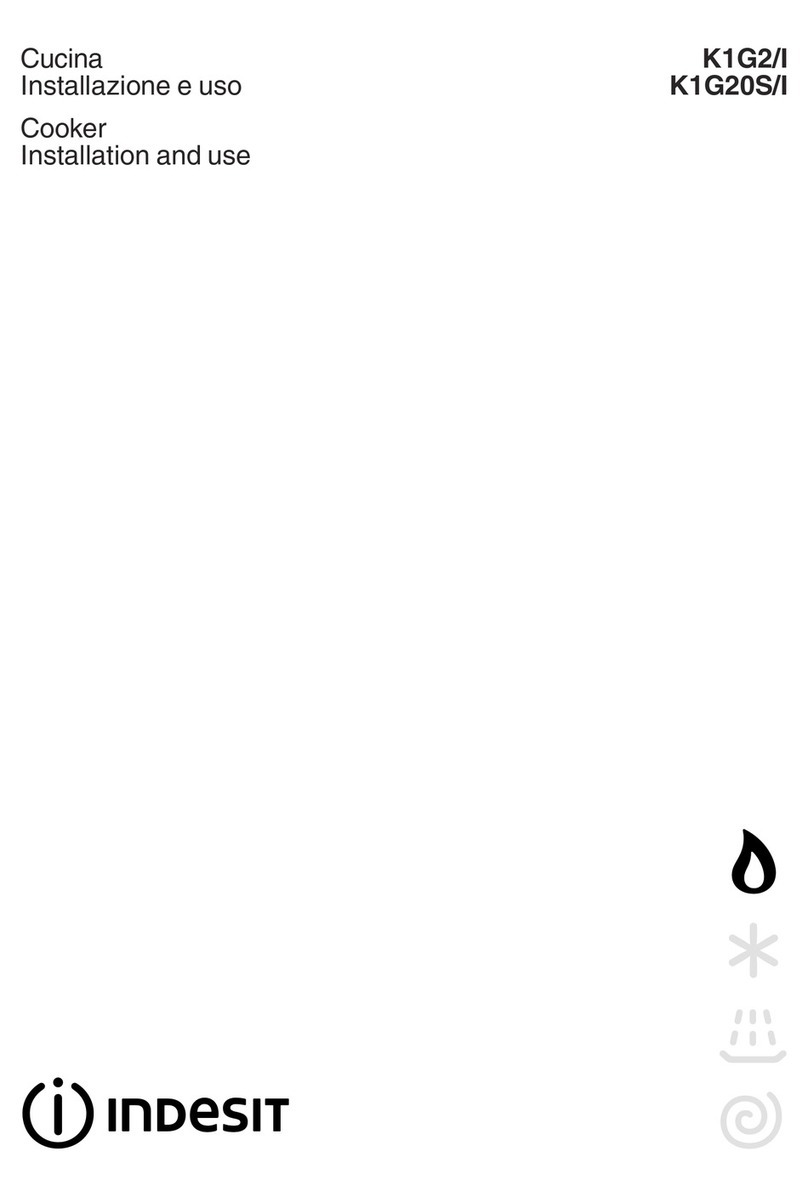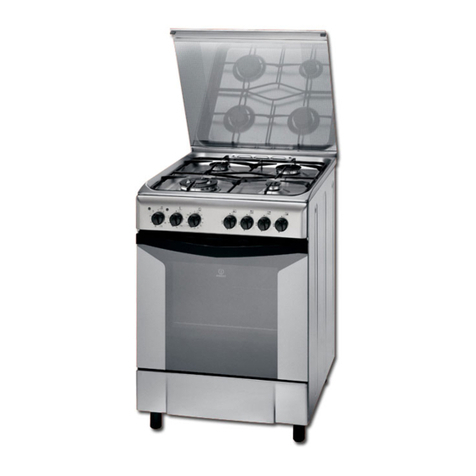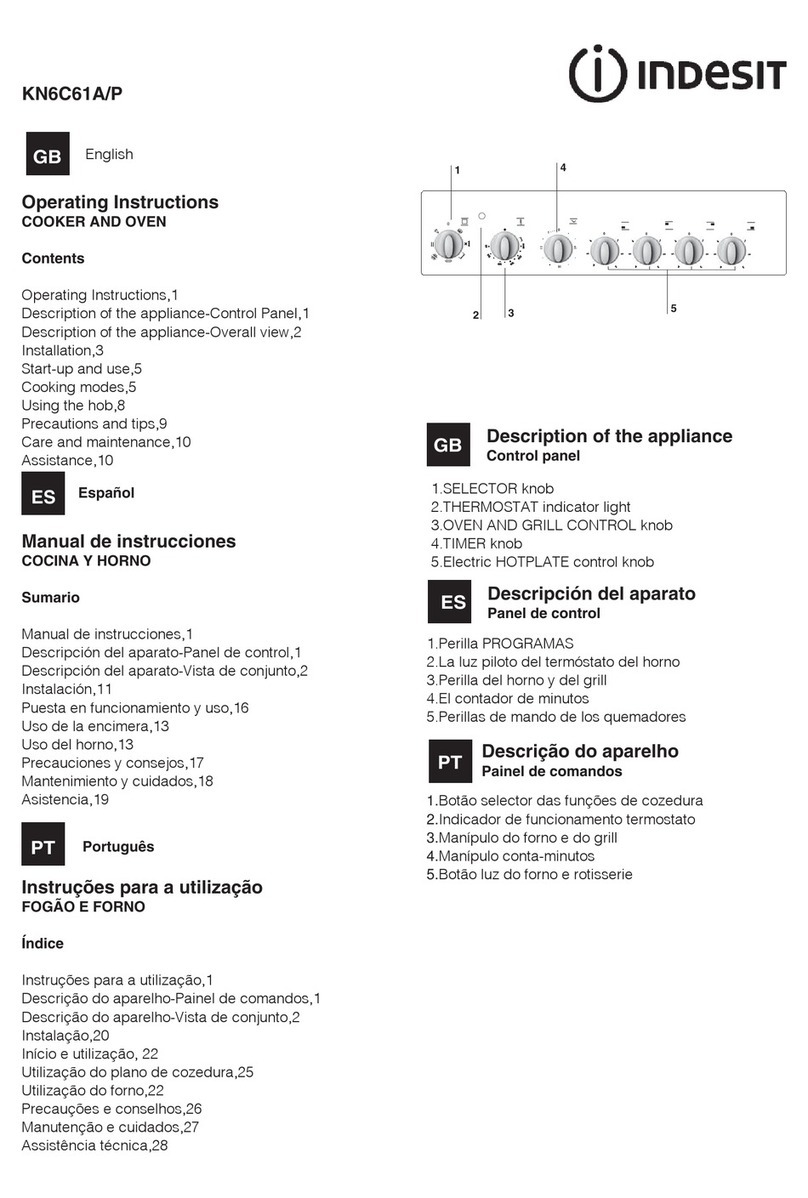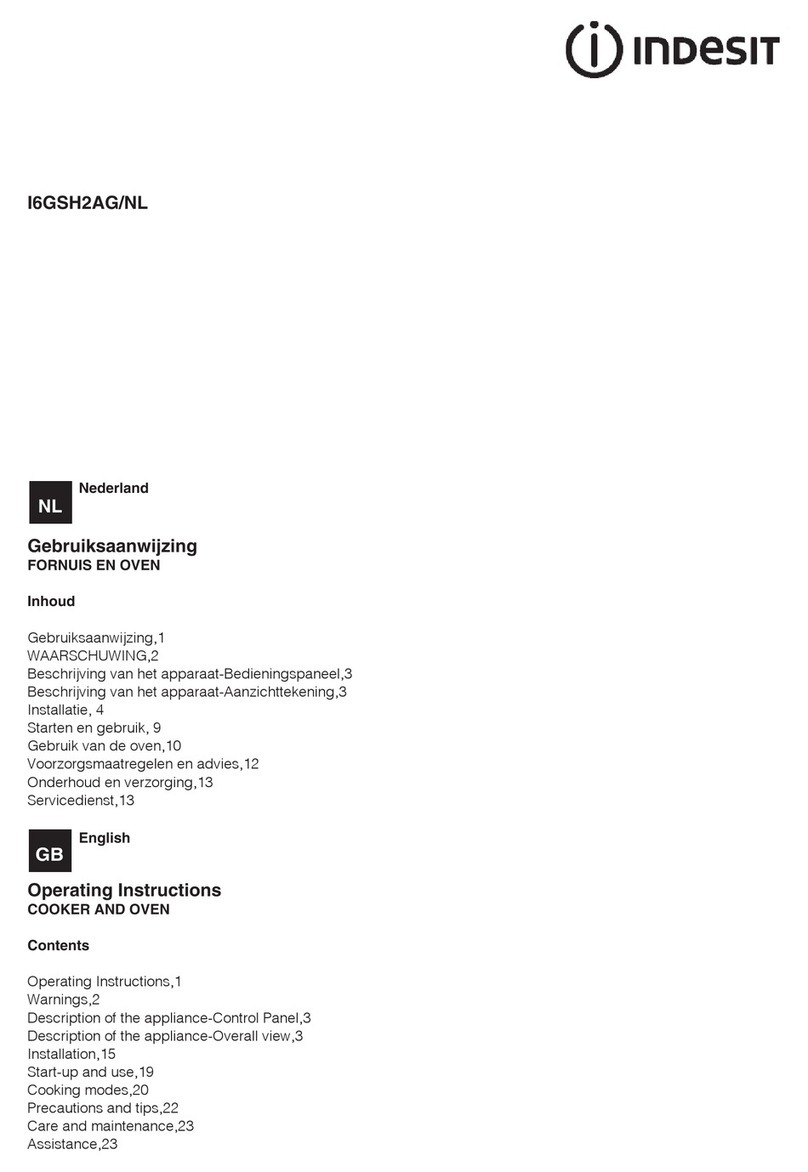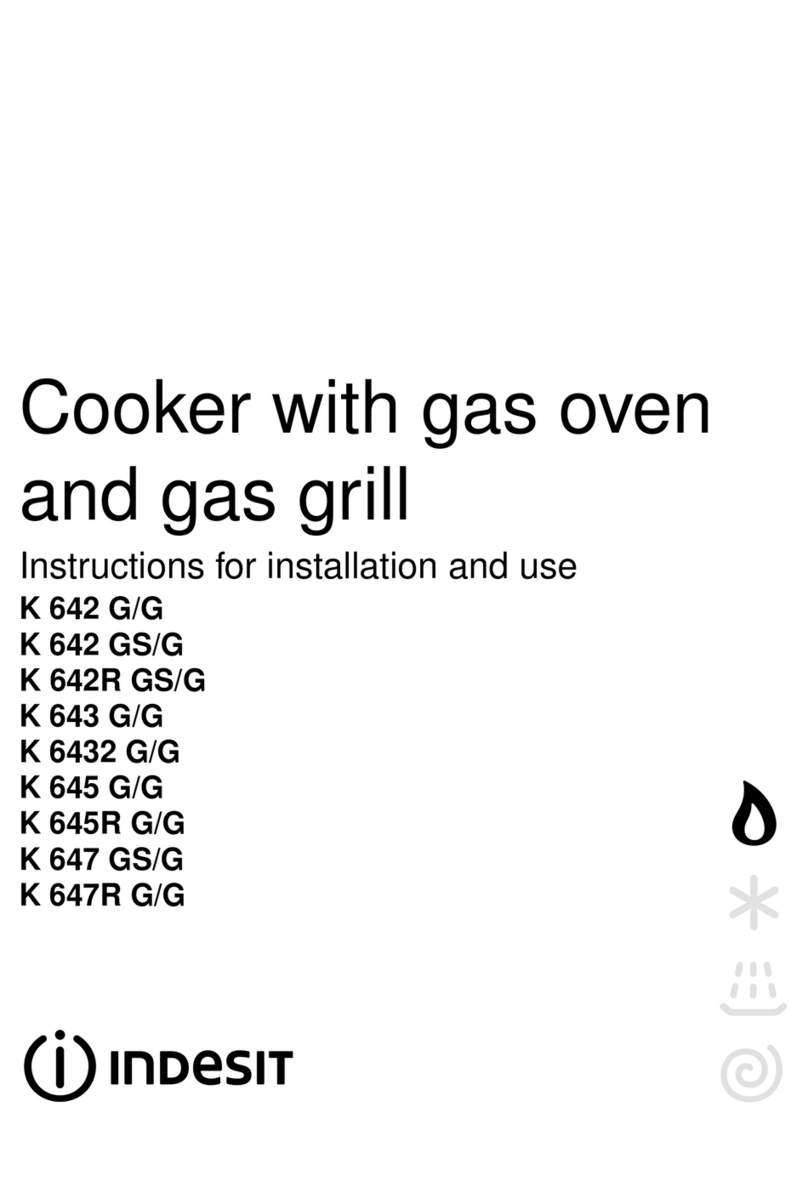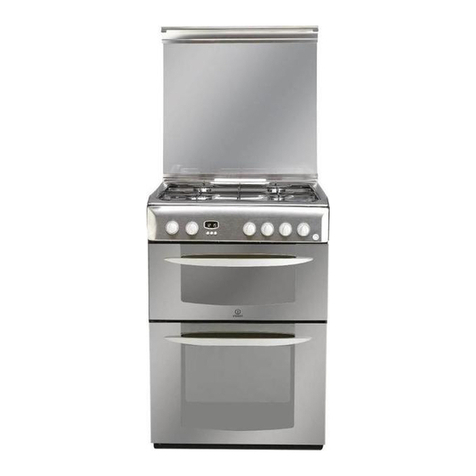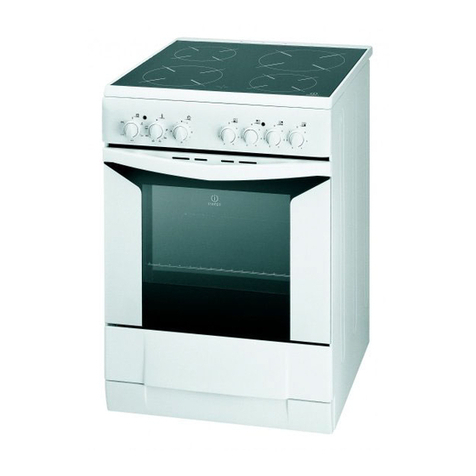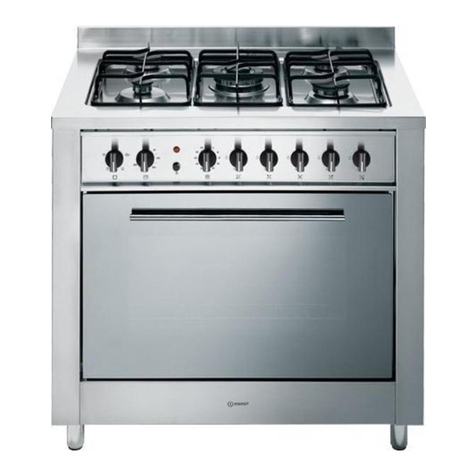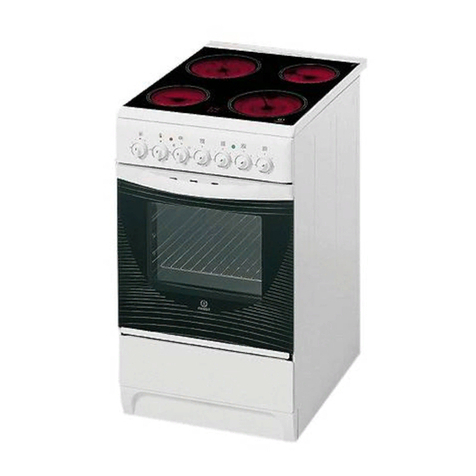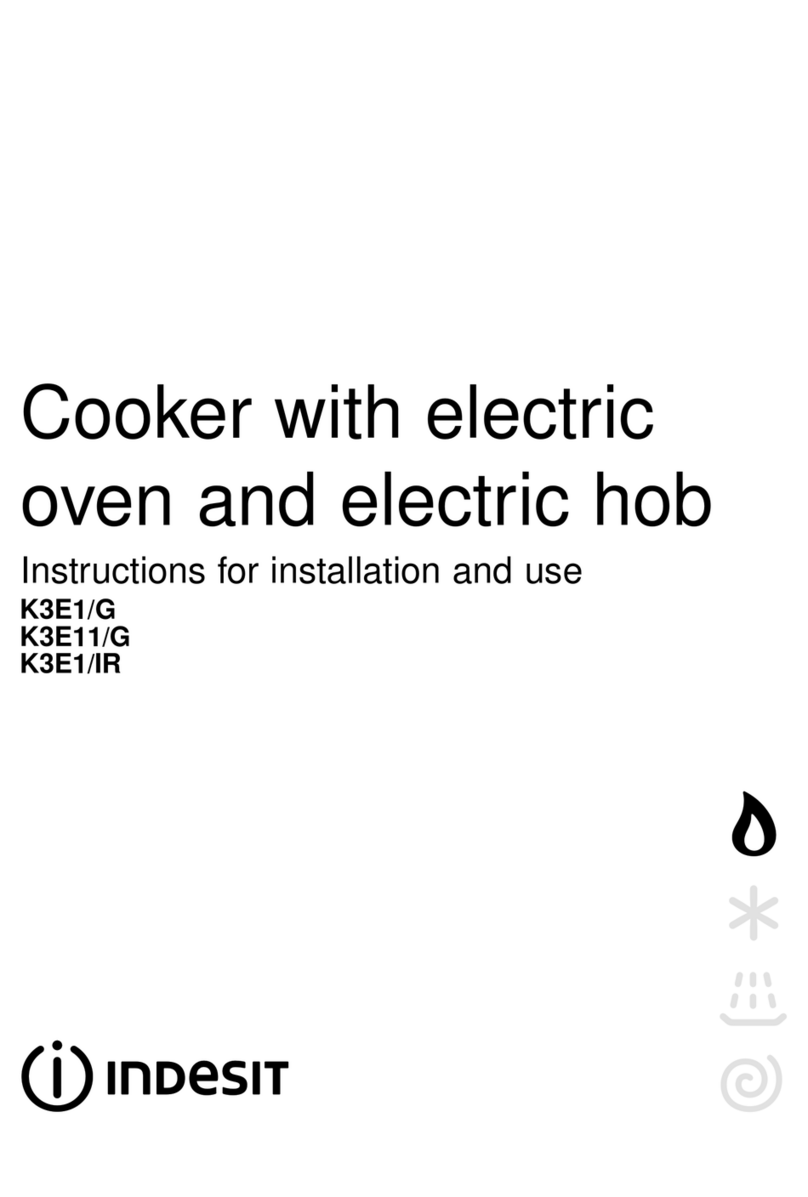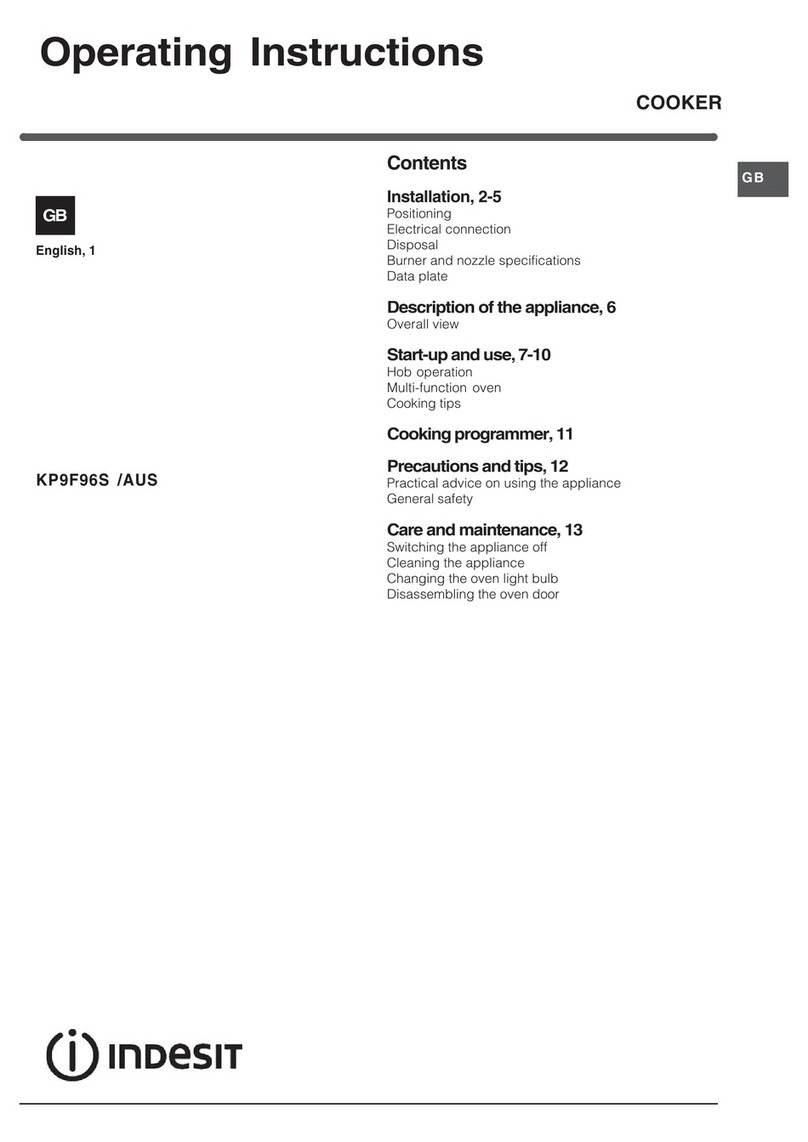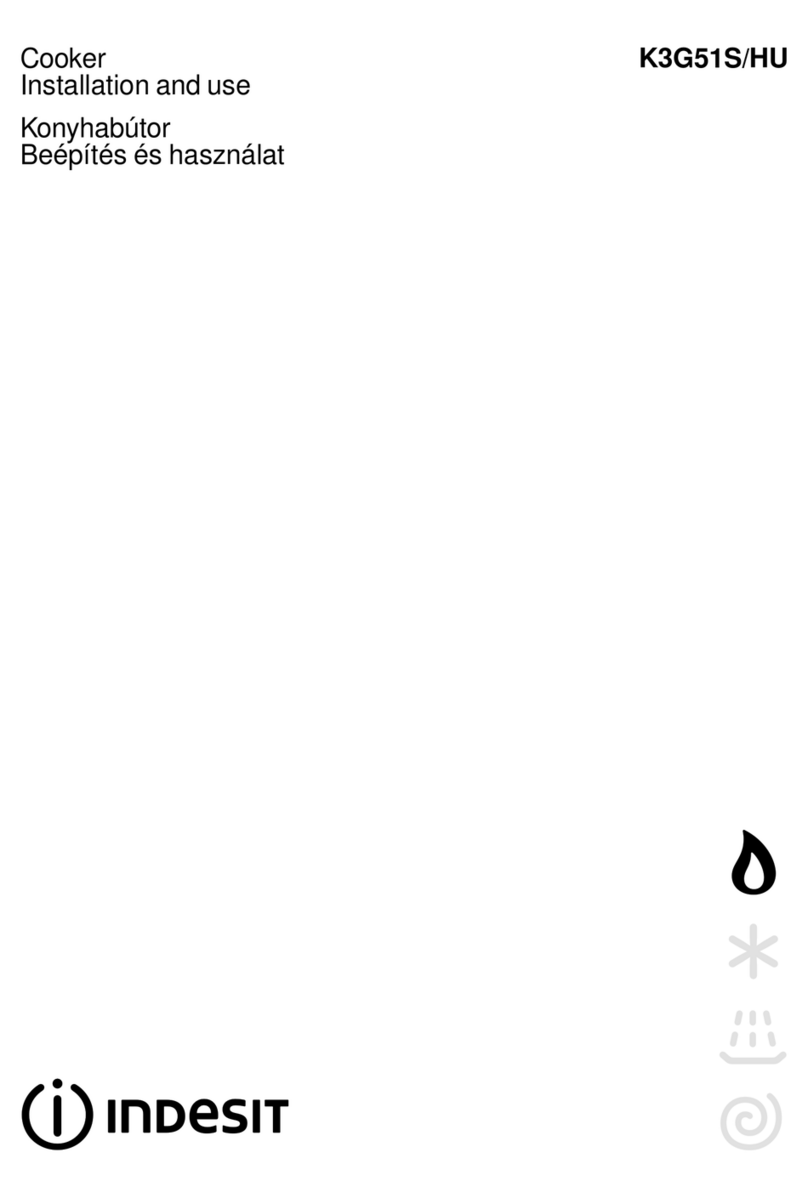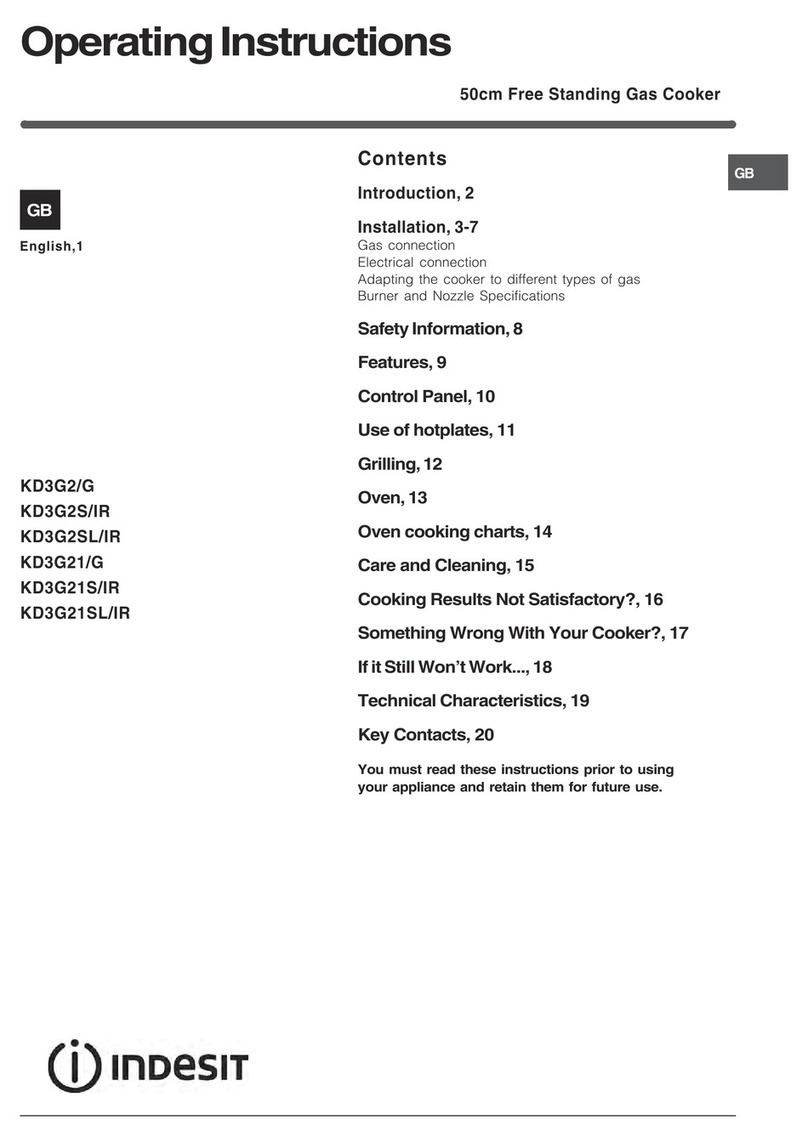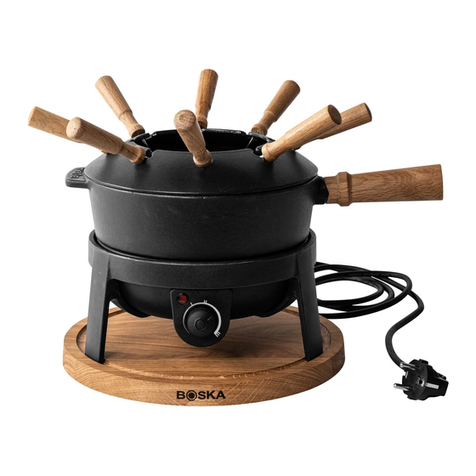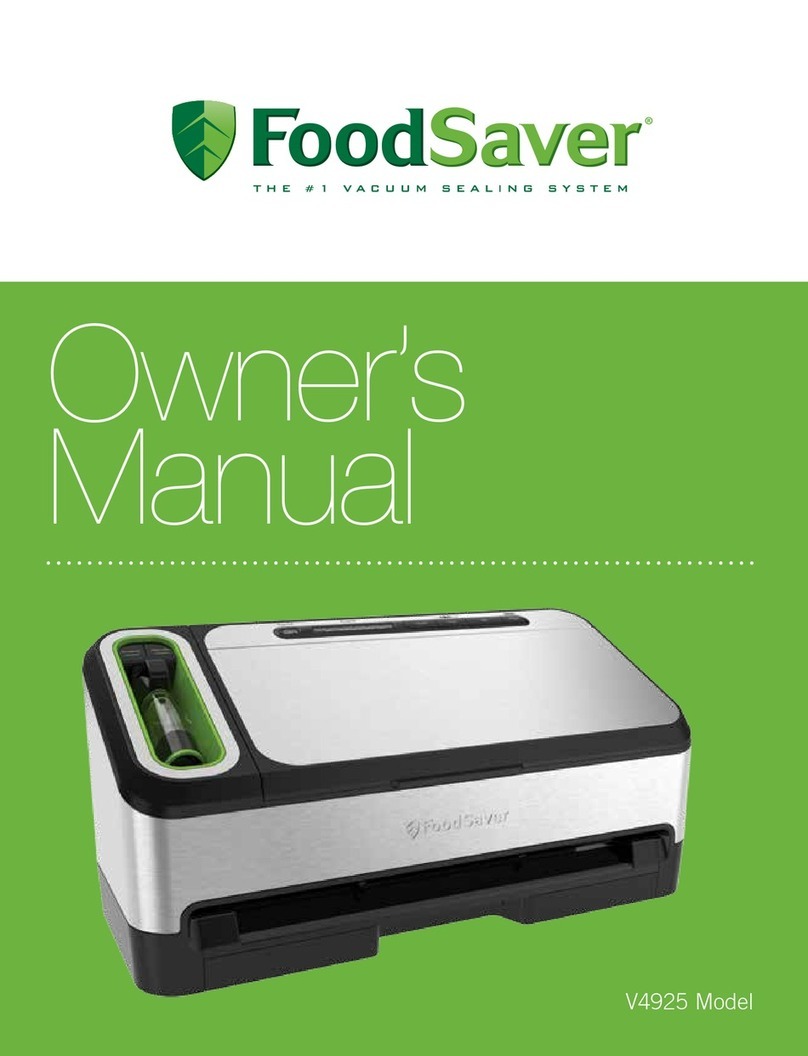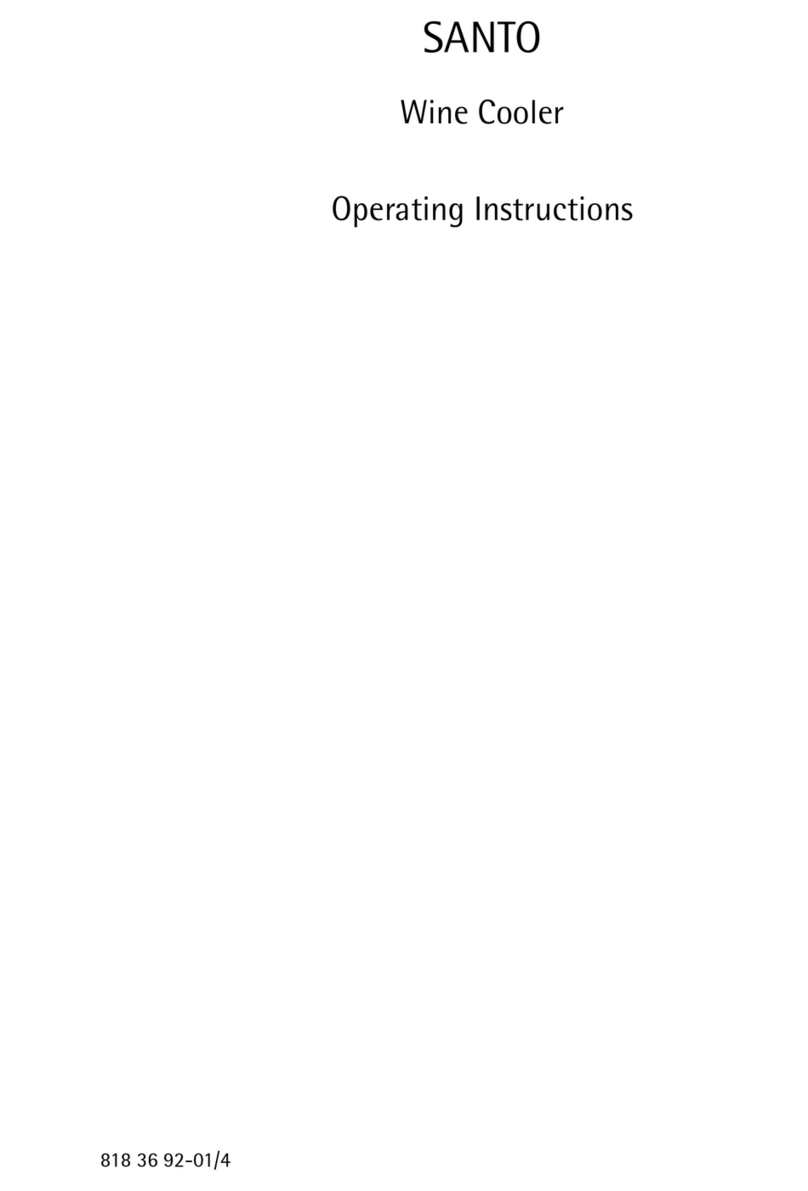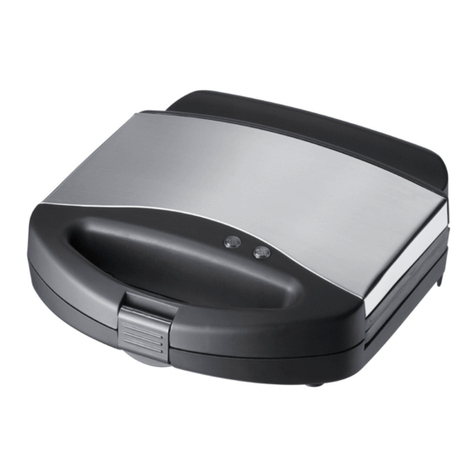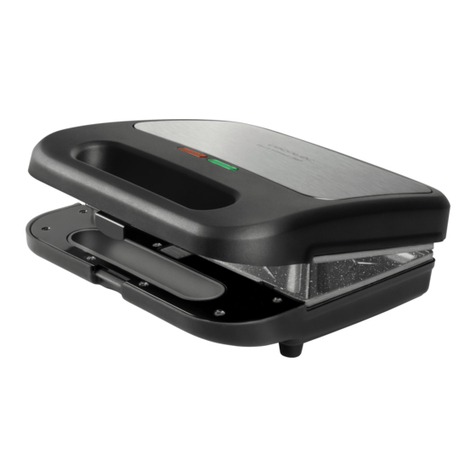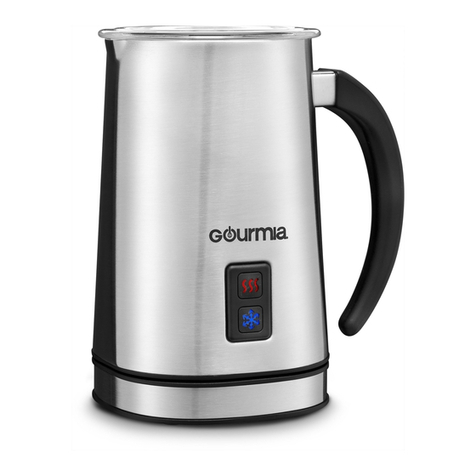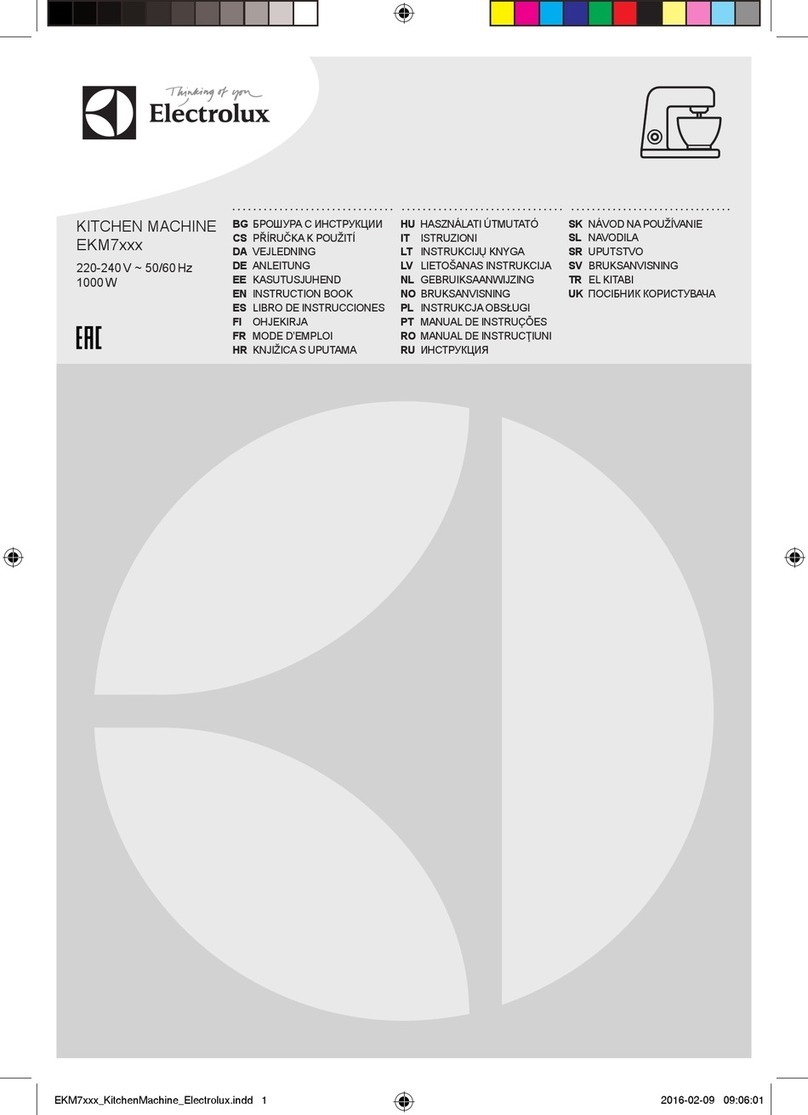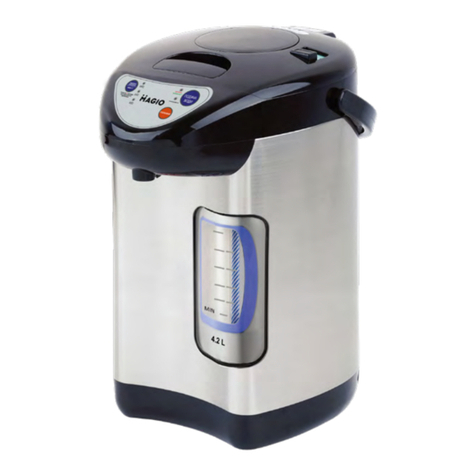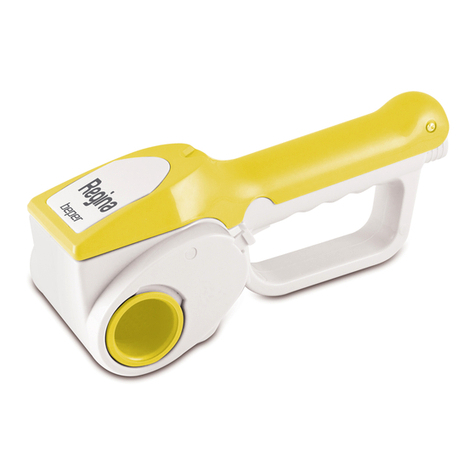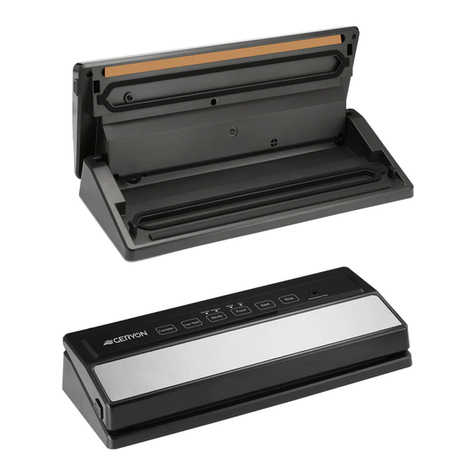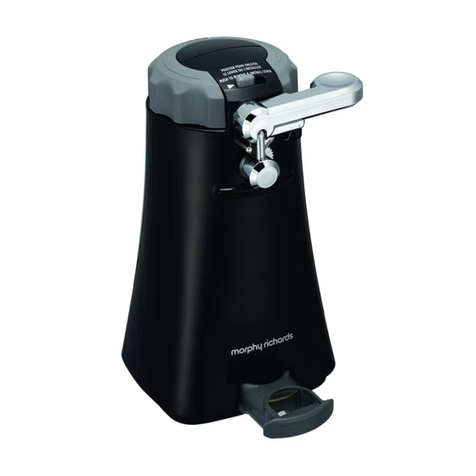2
GB
Installation
! Before operating your new appliance please read
this instruction booklet carefully. It contains important
information concerning the safe operation, installation
and maintenance of the appliance.
! Please keep these operating instructions for future
reference. Pass them on to possible new owners of the
appliance.
The following instructions are provided for qualified
installers so that they may accomplish installation,
adjustment and technical maintenance operations
correctly and in compliance with current regulations
and standards.
Compliance with standards
This cooktop must be installed in accordance with
the requirements of local gas and electrical
authorities, as well as the latest published versions
of the following standards:
AS/NZS 5601 Gas Installation code
SAA Wiring Rules.
Important: the appliance should be disconnected
from the mains electricity supply before any
adjustment, maintenance, etc. is carried out.
Maximum caution should be used should it be
necessary to keep the appliance connected to the
electricity supply.
The appliance has the following technical
specifications:
Category: II 2 3+
Adjacent cabinetry
The dimensions of the appliance are given in the
figure on page 2, and the location of connection
point sin the table on page 10 . For trouble free
operation of appliances installed in housing units,
the minimum distances shown in fig.4 should be
observed. It is recommended that the adjacent
kitchen surfaces should be capable of withstanding
temperatures of 65°C. Also, the following must be
observed:
The appliance should be installed next to
cabinetry which is no taller than the top of the
cooker hob.
The wall in direct contact with the back panel of
the cooker must be made of non flammable
material. During operation of the cooker, the back
panel of the cooker could reach a temperature of
50°C above room temperature.
Kitchen cabinets installed next to the cooker that
are higher than the top of the hob, must be at
least 600 mm from the edge of the hob itself.
If the hood is installed below a wall cabinet, the
latter must be at least 700 mm (millimetres) above
the surface of the hob.
Cabinets installed adjacent to the hood must be
at least 420 mm above the hob,
The following minimum clearances to combustible
materials must be observed:
Minimum clearance from edge of burner to side
wall must be 200 mm.
Minimum clearance from edge of burner to rear wall
must be 200 mm.
In the lower part of the cooker there are 4 height
adjustable screw in feet with which it is possible to
level the cooker if necessary.
Kitchen ventilation
Where the total input of all appliances exceeds 3
MJ/h for each cubic metre of the room or enclosure
volume, the space shall be ventilated by one of the
methods detailed below. For the purpose of
assessing the adequacy of ventilation, the space
that cannot be isolated by doors is the volume of a
room.
Natural ventilation direct from outside
Two permanent openings shall be provided directly
to outside. The openings shall be located to ensure
the distance between the top of the upper opening
and the ceiling of the room or enclosure, and the
distance between the bottom of the lower opening
and the floor of the room or enclosure does not
exceed 5% of the height of the room or enclosure.
The minimum free ventilation area provided by each
opening shall be calculated using the following
formula:
A = 3 × T
where
A = the minimum free ventilation area (cm2)
T = the total gas consumption of all appliances
(MJ/h)
The minimum vertical dimension of any free
ventilation opening shall be 6 mm.
NOTE 1 When used in this Clause, the term directly
to outside means any one of the following options,
provided that the ventilation path is unobstructed by
building material or insulation:
(a) Directly through an outside wall (preferred
option).
HOOD
420
Min.
min.
650
mm. with hood
min.
700
mm. without hood
mm.
600
Min. mm.
420
Min. mm.

